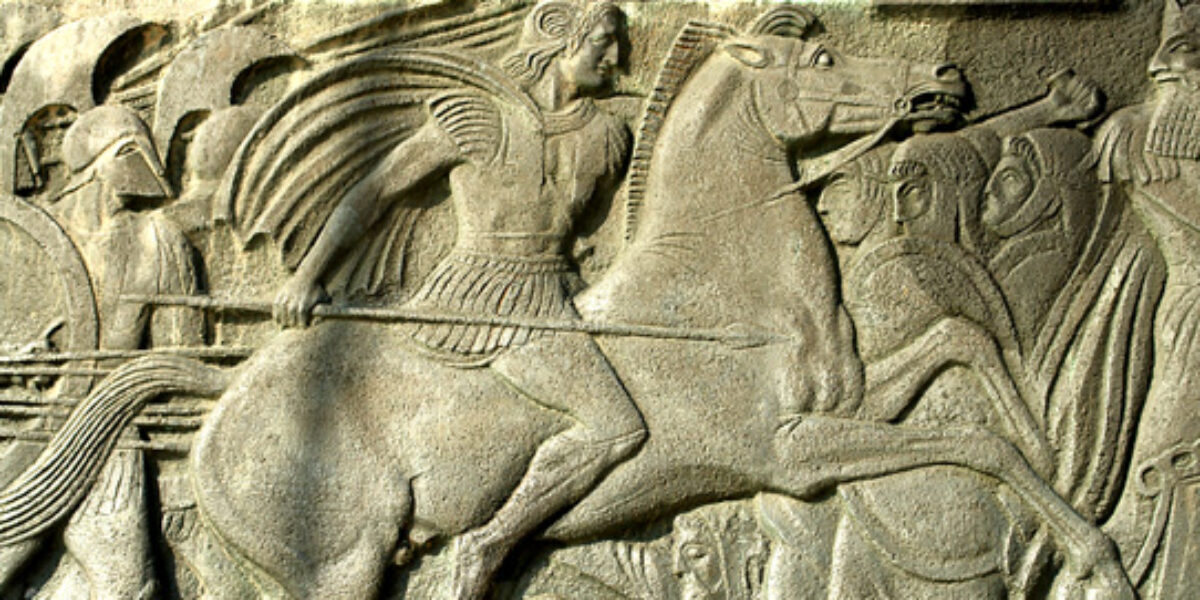Idol worship was a major problem for Israelites in the Old Testament. When they adopted the gods of their Canaanite neighbors, they abandoned the Lord.
The Canaanites worshiped many gods and goddesses who, together, formed a council. El (“god”), the father of the other gods and humanity, was head of the council. He lived in a cosmic paradise where the other gods came to see him.
Baal (“master” or “lord”) also was known as Hadad. As the most popular god among the people, Baal gradually took over many of the roles and characteristics of El. He was worshiped by the Canaanites as the storm god who brought rain and made land and flocks fertile. Once the Israelites settled in Canaan and became farmers, some of them started worshiping Baal instead of the Lord because they hoped he would give them abundant crops and fertile flocks. Statues of Baal show him wearing a cone-shaped hat with bull horns that represent his fertility. The club he holds in his right hand points to his strength, while the lightning bolt he holds in his left hand emphasizes his role as storm god.
The enemies of the fertility god were known as Mot (“death”) and Yam (“sea”). Canaanite stories describe the struggles of Baal, the god of fertility, with these representatives of the forces of chaos, death, and sterility. The story speaks of Baal dying in the summer heat only to be reborn with the autumn rains.
Other Canaanite gods, very similar to Baal and probably local versions of Baal, included Melkart, the god of Tyre; Chemosh, the god of Moab; Milcom, Molek, or Moloch, the Ammonite god; Tammuz, a type of dying and rising nature god worshiped in Syria; and Dagon, a vegetation god similar to Tammuz but worshiped by the Philistines.
The Canaanite goddesses were primarily fertility goddesses who were believed to provide healthy crops and large harvests, as well as increases in the flocks. Asherah (also known as Astarte) was the mother of seventy of the gods, and the wife of El in the early myths. In later stories, however, she supported Baal when he asked El for power. The term “asherah” was also used for sacred poles or trees that were put up as fertility symbols (1 Kgs 14:23; Deut 16:21).
Anath was Baal’s sister as well as his wife. As a war goddess, she is best known for gory acts of violence done to those who opposed her.




